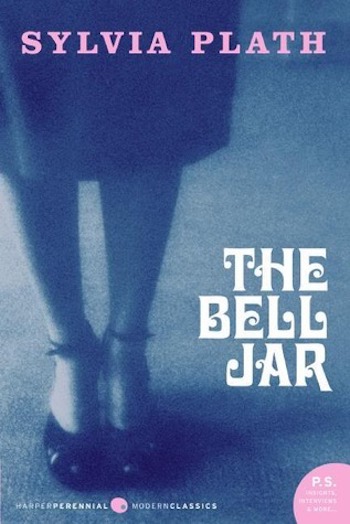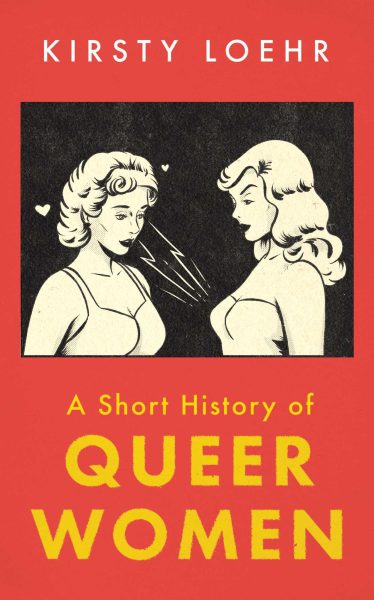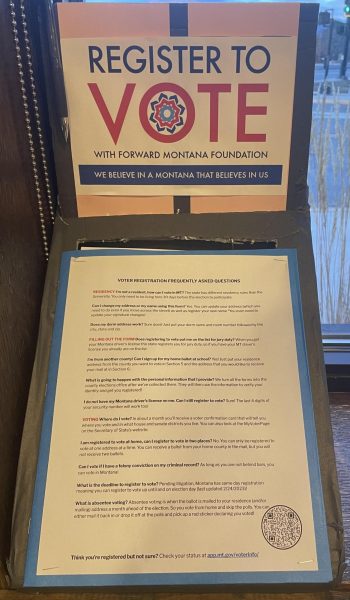The U.S. Should Implement Ranked Choice Voting
Another presidential election year has arrived, and we all know what that means. The next few months are sure to be full of debates, campaign ads, and polarization. Election years can often be tense and divisive, but there are changes we can make to improve them. One of those changes is ranked choice voting. Many states have implemented ranked choice voting for local elections, and Maine recently became the first state to enact it for presidential elections. Ranked choice voting has many advantages. It is becoming more widespread, but it should be enacted on a higher level and used for presidential elections as well.
In ranked choice voting, each voter chooses multiple candidates and ranks them in order of preference, deciding on a first choice, second choice, etc. If a candidate wins more than 50% of first choice votes, they automatically win the election. However, if no candidate receives a majority, the candidate with the fewest votes is eliminated. If a voter’s first choice candidate is eliminated, that vote is redistributed to their second choice instead. So if your first choice candidate loses, your vote will still count, helping support your second choice candidate. A candidate has to receive a majority of votes, either directly or through the votes of eliminated candidates, to win.
The first and biggest reason we should implement ranked choice voting is that it would be less divisive and prevent people from voting only along party lines. Often, there are many qualified and likeable candidates in the primaries, but voters end up choosing a nominee based largely on who they think can beat the other party’s candidate. With ranked choice voting, people can safely vote for whoever they like without worrying about whether it would be a wasted vote. As a result, the best, most likeable candidate can be chosen, not just the most strategic one.
It would also allow candidates from different parties to compete. People could vote for an Independent or Green Party candidate without worrying that it would split the vote and support the candidate they oppose. Ranked choice voting gives citizens greater choice, and greater choice strengthens democracy.
This would also be helpful to women and racially diverse candidates. Since white male politicians are the norm, it can feel risky to put a female or minority candidate up against a man, even if they are more qualified. If people could rank candidates by preference, minority candidates would have more of a shot.
Another reason to implement ranked choice voting is that it would bring more people to the voting booths. It would help prevent a scenario like the 2016 election, where neither of the candidates is particularly likeable and voters are forced to make an undesirable choice between the two. Many people in 2016 decided not to vote because they didn’t support either of the candidates. If people have a greater choice of candidates, they will likely feel more compelled to vote.
Finally, ranked choice voting would reduce negative campaigning. A Rutgers University poll of seven cities with ranked choice voting found that voters reported friendlier campaigns. With ranked choice voting, there is less incentive for personal attacks and candidates stick to the issues more because they need their opponent’s supporters’ second and third choice votes.
Ranked choice voting has been a success in many cities across the country and there is no reason to believe it wouldn’t be a success on the national level as well. It’s a change that should be seriously considered because it has the potential to greatly improve our elections, making them less divisive, less negative, and more diverse.

Hello! I'm a Senior at Hellgate and this is my second year writing for the Lance. In addition to writing, I enjoy mountain biking, playing cello, and competing...








